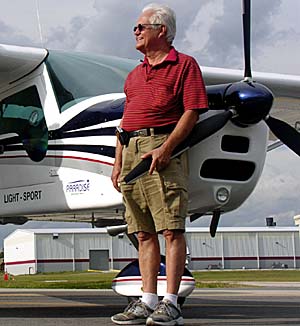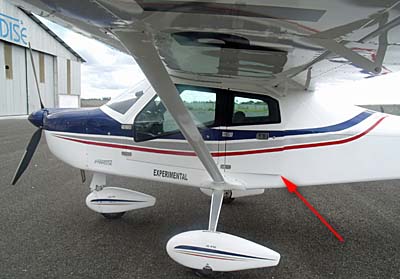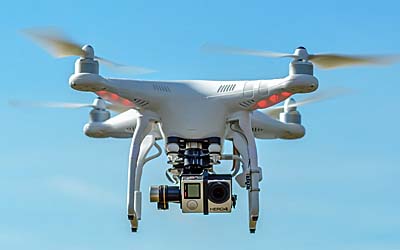
The good news is that most pilots I’ve interviewed — with a few outspoken exceptions — think drones are fine. Some are openly enthusiastic. Indeed, major drone seller Atlanta Hobby said their most effective advertising ever was on Barnstormers, an online source frequented by pilots (the sort that fly from inside the aircraft). This article will try to cast additional light on the new drone rule, FAR Part 107, that was announced over last weekend and gained wide coverage. I contacted a subject matter expert who happens to be a longtime friend. Cliff Whitney is the fellow that first talked me into starting ByDanJohnson.com way back in 1999. Much earlier we met through a mutual interest in hang gliding and have remained friends ever since. Today, Cliff runs a multimillion dollar enterprise that sells … well, things that fly (but with the pilot not inside). He remains an active pilot that enjoys flying several airplane types so he gets it from a pilot’s perspective.




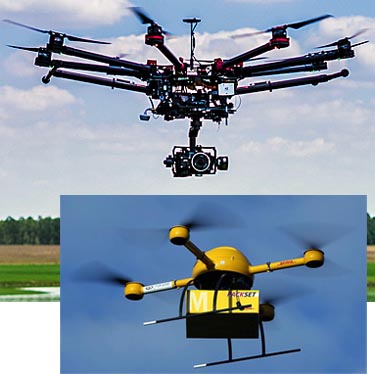

 All over the world, electric airplanes are getting remarkable amounts of attention, deservedly so as an exciting development to match work in cars and other vehicles. These days, while drones (also called UAVs, UASs, or RPVs) are made in various countries, a lot of the development comes from China ... so why be surprised to hear of a positive development in a Chinese human-occupied aircraft?
Is it the first "certified" electric? Well, "certified" is a term that can be challenging to define as the word means different things in different countries. For example, we've already produced a
All over the world, electric airplanes are getting remarkable amounts of attention, deservedly so as an exciting development to match work in cars and other vehicles. These days, while drones (also called UAVs, UASs, or RPVs) are made in various countries, a lot of the development comes from China ... so why be surprised to hear of a positive development in a Chinese human-occupied aircraft?
Is it the first "certified" electric? Well, "certified" is a term that can be challenging to define as the word means different things in different countries. For example, we've already produced a 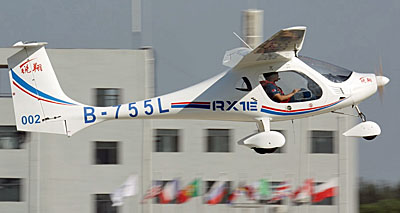 eSpyder developer Yuneec has also worked extensively on their
eSpyder developer Yuneec has also worked extensively on their 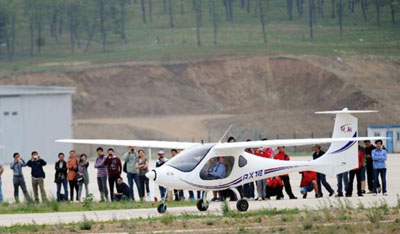 Cafe credited Xinhua News Agency, which reported "a maximum cruising speed of up to 150 kilometers per hour (93 mph or 80 knots), and the ability to climb to 3,000 meters (10,800 feet) at a maximum takeoff weight of 480 kilograms (1,056 pounds)." RX1E is said to have a takeoff distance of 290 meters (930 feet), and a landing distance (probably over a barrier) of 560 meters (1,792 feet). Power is supplied by a 30 kW (40 hp) Sineton electric motor. Contrarily, Cafe notes, Yuneec employs a company-produced powerplant; they are famous for powerplant developments driven by their huge success in radio control models.
My source of the certification news offered to ask company officials for more details and when I have more I will update this article.
Cafe credited Xinhua News Agency, which reported "a maximum cruising speed of up to 150 kilometers per hour (93 mph or 80 knots), and the ability to climb to 3,000 meters (10,800 feet) at a maximum takeoff weight of 480 kilograms (1,056 pounds)." RX1E is said to have a takeoff distance of 290 meters (930 feet), and a landing distance (probably over a barrier) of 560 meters (1,792 feet). Power is supplied by a 30 kW (40 hp) Sineton electric motor. Contrarily, Cafe notes, Yuneec employs a company-produced powerplant; they are famous for powerplant developments driven by their huge success in radio control models.
My source of the certification news offered to ask company officials for more details and when I have more I will update this article.
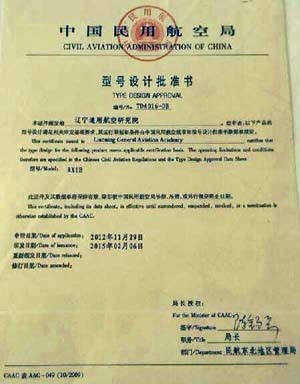 Last fall our good friend Mary Grady writing for
Last fall our good friend Mary Grady writing for 
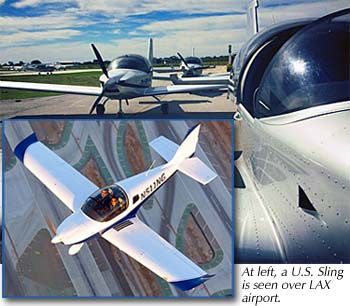
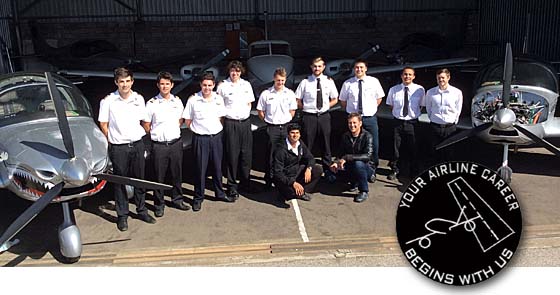
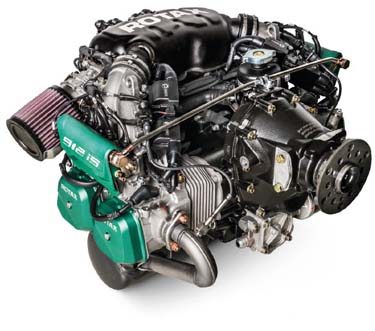
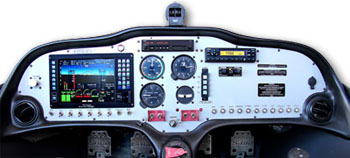
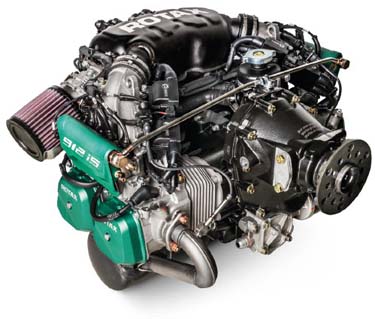



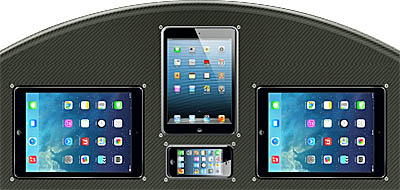
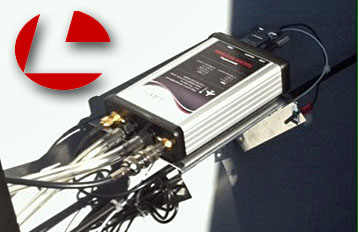

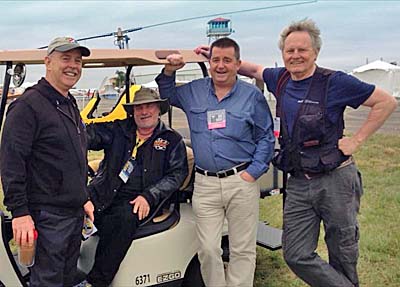
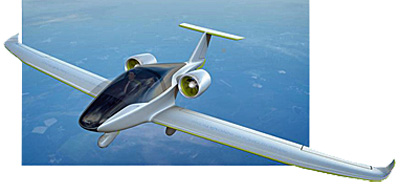
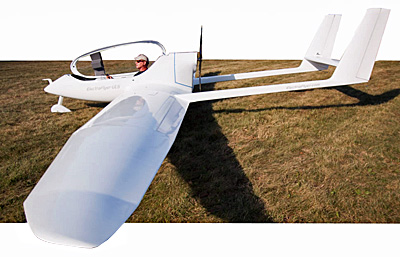
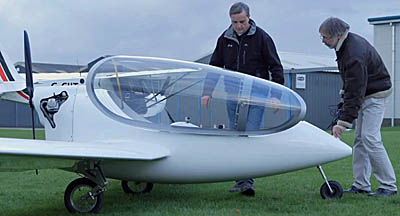

 As the new year dawned my good friends at General Aviation News published my article on the light aircraft industry using Rotax deliveries (and estimates of other engine brands) to estimate worldwide sales of recreational or sport aircraft. The article was presented online as 2015 began and has since appeared in a print edition. This article was updated 1/12/15 and 1/23/15.
On the "The Pulse of Aviation" (
As the new year dawned my good friends at General Aviation News published my article on the light aircraft industry using Rotax deliveries (and estimates of other engine brands) to estimate worldwide sales of recreational or sport aircraft. The article was presented online as 2015 began and has since appeared in a print edition. This article was updated 1/12/15 and 1/23/15.
On the "The Pulse of Aviation" (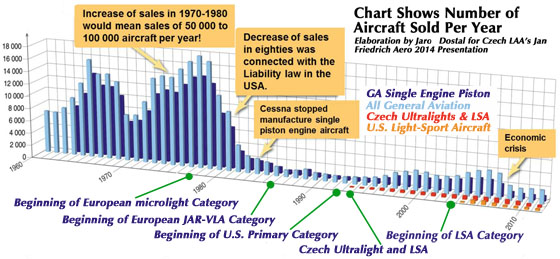 Here I present a somewhat different message. The first article was aimed at an audience including general aviation pilots, many of whom do not know the LSA or light kit community well. This one is aimed at those following light aviation more closely.
As detailed in the GA News article, I reported a market for very light aircraft and Light-Sport-type aircraft that substantially exceeds 3,000 units per year worldwide. Many American pilots remain unaware that the rest of the world flies a large number of light aircraft in the recreational or sporting categories. Overseas, these are commonly referred to as Ultralights or Microlights, Very Light Aircraft, or Light-Sport Aircraft. As you probably know Euro Ultralights are quite different from the U.S. version.
Most pilots in the USA focus on what are sometimes called "traditional" general aviation aircraft for which GAMA has reported delivery numbers for many years. Regular tallies of FAA's N-number registration database show that in the USA the ratio is approximately 80/20, traditional GA airplanes to recreational aircraft. In Europe and most other countries that ratio is reversed with GA representing approximately 20% of all civilian aircraft with 80% recreational, according to people who try to assess such figures. This large percentage includes gliders (very big in Europe) but even omitting sailplanes the ratio is quite lopsided in favor of powered recreational aircraft. For most international pilots, GA aircraft are too expensive to buy and operate outside the USA.
Here I present a somewhat different message. The first article was aimed at an audience including general aviation pilots, many of whom do not know the LSA or light kit community well. This one is aimed at those following light aviation more closely.
As detailed in the GA News article, I reported a market for very light aircraft and Light-Sport-type aircraft that substantially exceeds 3,000 units per year worldwide. Many American pilots remain unaware that the rest of the world flies a large number of light aircraft in the recreational or sporting categories. Overseas, these are commonly referred to as Ultralights or Microlights, Very Light Aircraft, or Light-Sport Aircraft. As you probably know Euro Ultralights are quite different from the U.S. version.
Most pilots in the USA focus on what are sometimes called "traditional" general aviation aircraft for which GAMA has reported delivery numbers for many years. Regular tallies of FAA's N-number registration database show that in the USA the ratio is approximately 80/20, traditional GA airplanes to recreational aircraft. In Europe and most other countries that ratio is reversed with GA representing approximately 20% of all civilian aircraft with 80% recreational, according to people who try to assess such figures. This large percentage includes gliders (very big in Europe) but even omitting sailplanes the ratio is quite lopsided in favor of powered recreational aircraft. For most international pilots, GA aircraft are too expensive to buy and operate outside the USA.
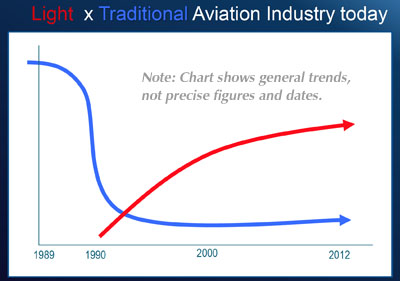 "From 1989 through June 5th, 2014, we have sold 50,000 four-stroke engines of the 912 and 914 model designation," noted Christian Mundigler, Key Account Manager of
"From 1989 through June 5th, 2014, we have sold 50,000 four-stroke engines of the 912 and 914 model designation," noted Christian Mundigler, Key Account Manager of 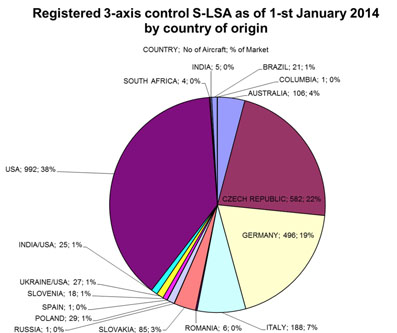 In comparison, GAMA will likely report less than 1,100 piston-powered aircraft of all types and sizes from all association members around the globe for 2014 based on information released for the first nine months of the year.
Thus, when you include shipments to all countries, the light recreational aircraft market represents a large portion of all civilian, non-commercial airplanes being delivered.
With the American LSA and light kit market taking less than 1,000 of the Rotax's annual 3,000-plus aircraft engine production, where are all the others going?
"Averaging over a long term our main engine market, including two- and four-stroke powerplants, Europe has around half of the share," reported Mundigler. "The Americas, including North, Central, and South, has about a third of the total."
"Growing markets are Russia and China with double digit increase rates in recent years," said Mundigler.
Rotax engines run fine on auto gasoline or 100LL aviation fuel; operators can mix mogas and avgas in any proportion without concern. Jabiru also works fine with mogas and Continental has engine models that do as well. Around the world, aviation fuel is not widely available and, as American pilots know, avgas carries a substantial price premium though much less than the $10-12 per gallon in Europe.
From the figures used in this article, we can see the light, recreational aircraft industry is alive and well and makes up the largest unit volume share of all aircraft delivered each year.
In comparison, GAMA will likely report less than 1,100 piston-powered aircraft of all types and sizes from all association members around the globe for 2014 based on information released for the first nine months of the year.
Thus, when you include shipments to all countries, the light recreational aircraft market represents a large portion of all civilian, non-commercial airplanes being delivered.
With the American LSA and light kit market taking less than 1,000 of the Rotax's annual 3,000-plus aircraft engine production, where are all the others going?
"Averaging over a long term our main engine market, including two- and four-stroke powerplants, Europe has around half of the share," reported Mundigler. "The Americas, including North, Central, and South, has about a third of the total."
"Growing markets are Russia and China with double digit increase rates in recent years," said Mundigler.
Rotax engines run fine on auto gasoline or 100LL aviation fuel; operators can mix mogas and avgas in any proportion without concern. Jabiru also works fine with mogas and Continental has engine models that do as well. Around the world, aviation fuel is not widely available and, as American pilots know, avgas carries a substantial price premium though much less than the $10-12 per gallon in Europe.
From the figures used in this article, we can see the light, recreational aircraft industry is alive and well and makes up the largest unit volume share of all aircraft delivered each year.
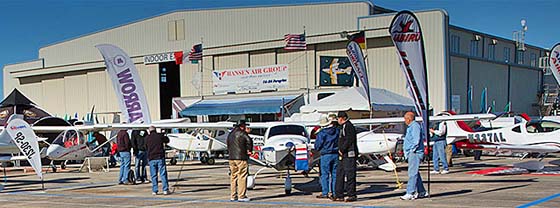

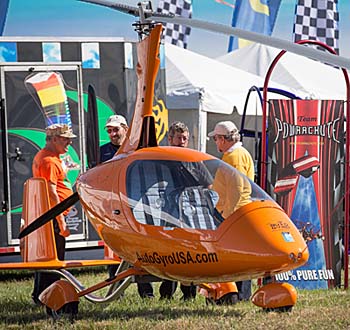
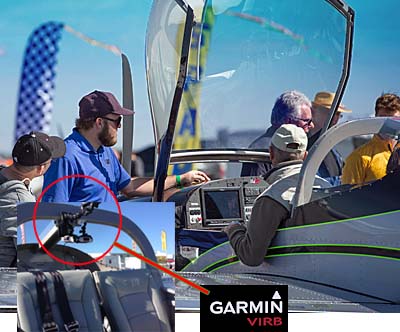
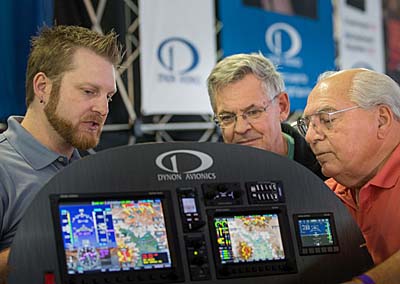
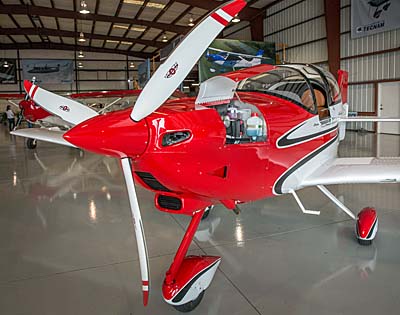

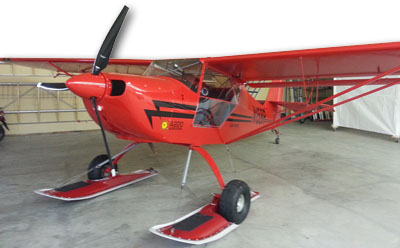
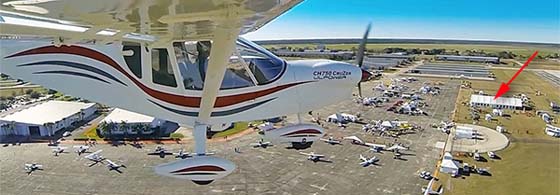
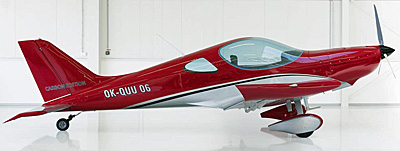




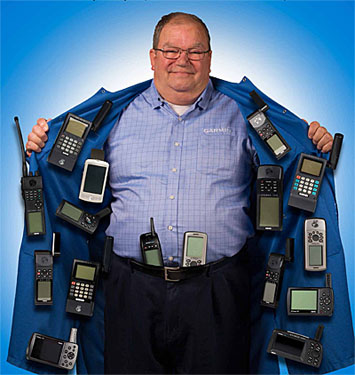
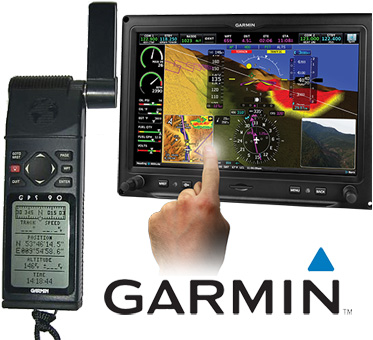

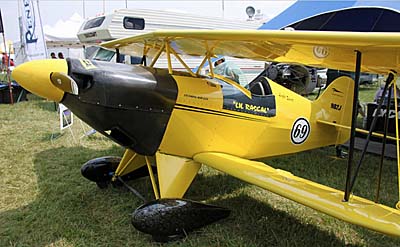
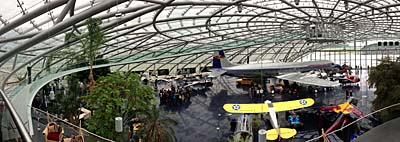
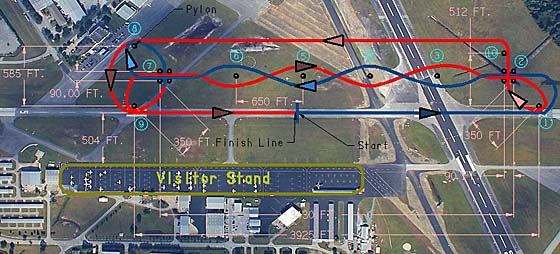

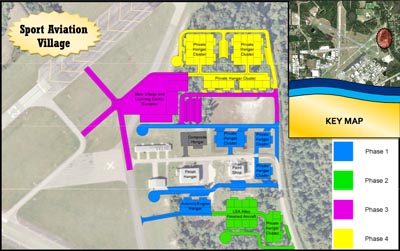

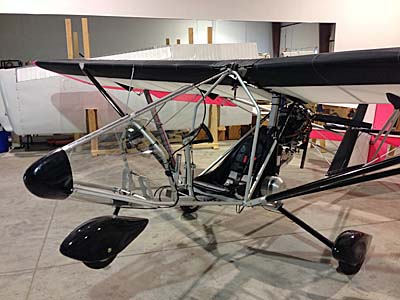 Some people have long believed that Part 103-legal weight shift trikes or single place powered parachutes may be possible but I've often heard the pronouncement, "You cannot make a legal three axis Part 103 airplane." I wonder if those folks are ready to admit their error?
Those attending the
Some people have long believed that Part 103-legal weight shift trikes or single place powered parachutes may be possible but I've often heard the pronouncement, "You cannot make a legal three axis Part 103 airplane." I wonder if those folks are ready to admit their error?
Those attending the 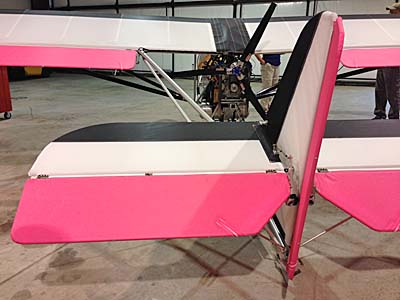 You might remember seeing such a machine at Sun 'n Fun 2014. Developer/manufacturer
You might remember seeing such a machine at Sun 'n Fun 2014. Developer/manufacturer  At only 22 pounds more than the Hirth F33 he often supplies but in the new lower drag position, Dennis reports a very acceptable climb rate of 600 fpm from the 22 horsepower the B&S engine. Speeds will be 50-60 mph, Dennis said, making an easy and economical cruise in the four stroke Aerolite. In addition, he said that even with straight pipes the exhaust noise is modest but he plans to add some silencing.
One big question: Can a four stroke Aerolite still make Part 103? "Yes," said Dennis, although he noted that you cannot have the strut fairings or gear leg fairings seen in the nearby photos. A parachute will also be required.
In case you're wondering if a so-called "lawn mower" engine can do the job of powering an aircraft, Dennis replied, "Well, when is the last time your lawn mower conked out or you had trouble starting it?" Indeed, much as
At only 22 pounds more than the Hirth F33 he often supplies but in the new lower drag position, Dennis reports a very acceptable climb rate of 600 fpm from the 22 horsepower the B&S engine. Speeds will be 50-60 mph, Dennis said, making an easy and economical cruise in the four stroke Aerolite. In addition, he said that even with straight pipes the exhaust noise is modest but he plans to add some silencing.
One big question: Can a four stroke Aerolite still make Part 103? "Yes," said Dennis, although he noted that you cannot have the strut fairings or gear leg fairings seen in the nearby photos. A parachute will also be required.
In case you're wondering if a so-called "lawn mower" engine can do the job of powering an aircraft, Dennis replied, "Well, when is the last time your lawn mower conked out or you had trouble starting it?" Indeed, much as 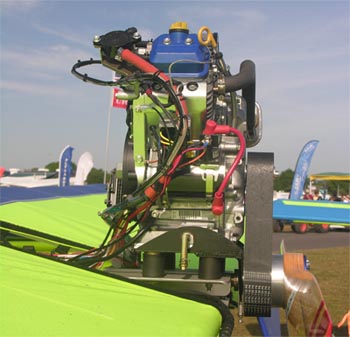 Prices have not yet been established for the Briggs & Stratton. Certainly some costs have increased but since ready-to-fly Aerolites with a Kawasaki 340 start at $15,900, it seems likely you might be able to buy a fully-built aircraft for somewhere around $20,000 and I think that is a very notable fact. Those who say new aircraft are too expensive must consider Aerolite.
Others have been signing on fast. U-Fly-It just took an eight-unit order from their German dealer
Prices have not yet been established for the Briggs & Stratton. Certainly some costs have increased but since ready-to-fly Aerolites with a Kawasaki 340 start at $15,900, it seems likely you might be able to buy a fully-built aircraft for somewhere around $20,000 and I think that is a very notable fact. Those who say new aircraft are too expensive must consider Aerolite.
Others have been signing on fast. U-Fly-It just took an eight-unit order from their German dealer 
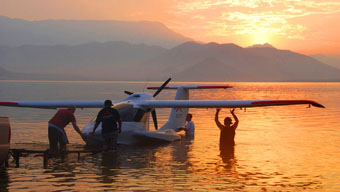
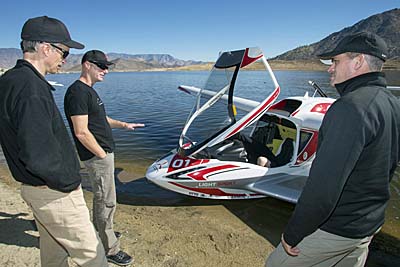

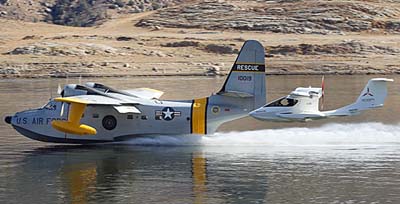

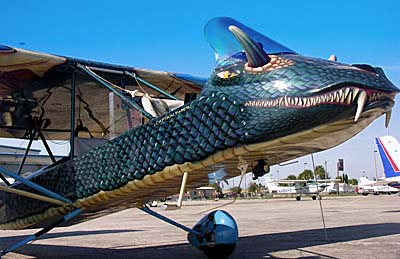
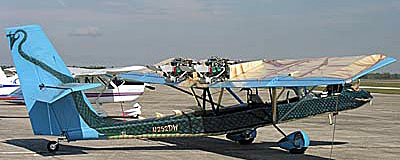

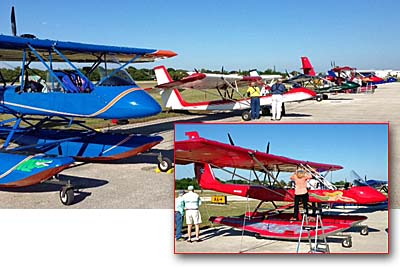

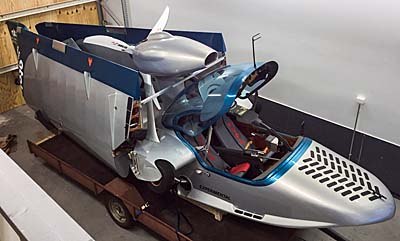
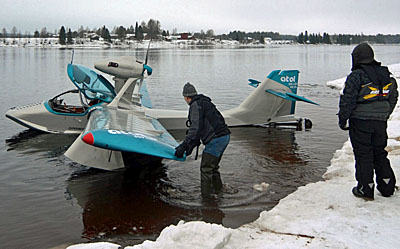
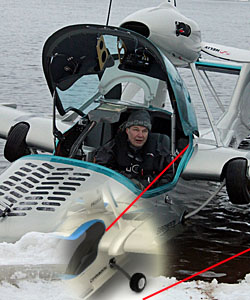
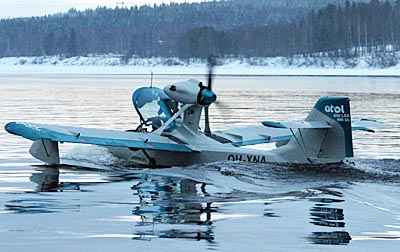

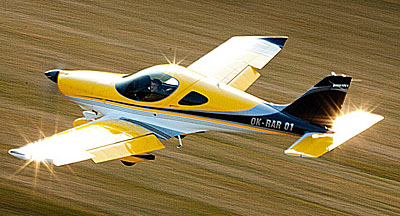
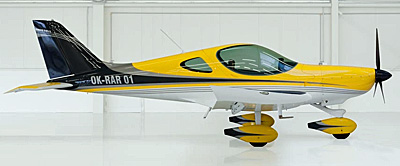
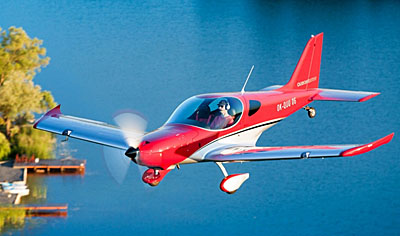


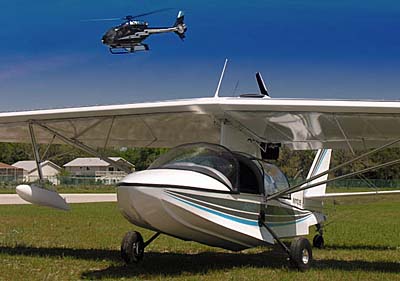
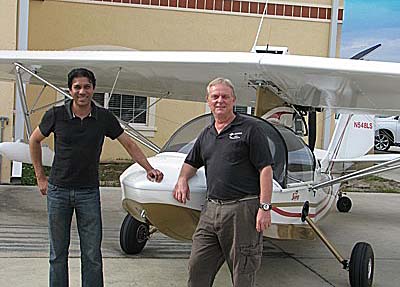
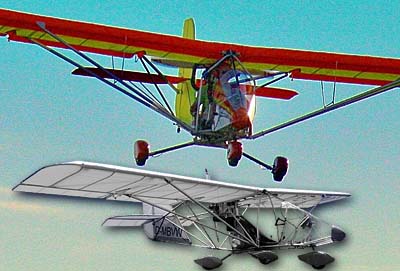
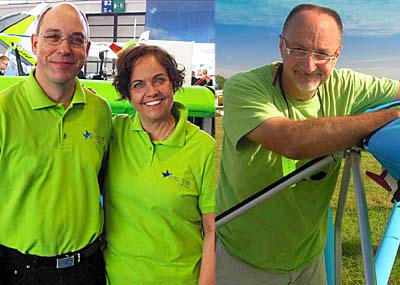

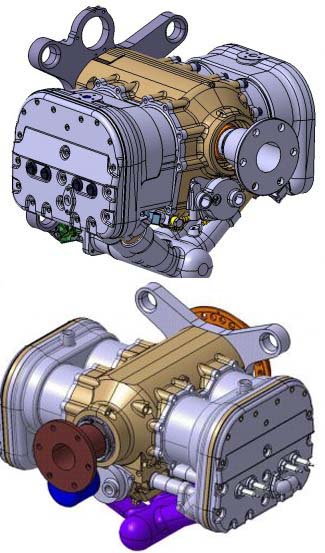
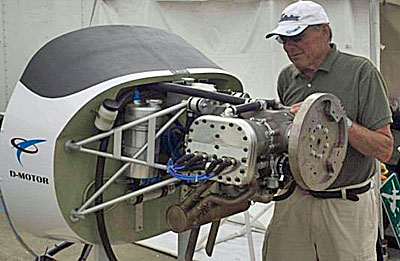
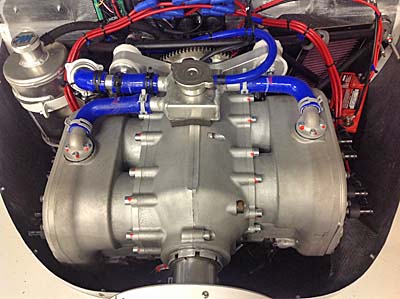


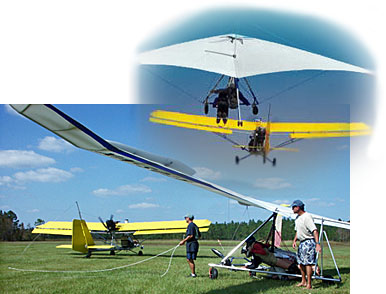
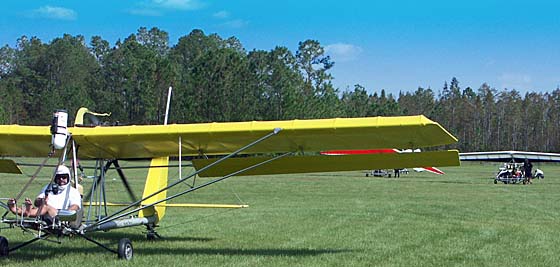
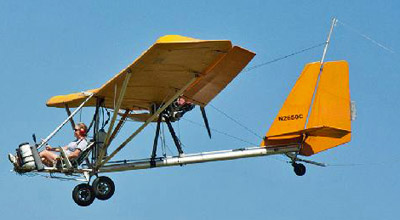
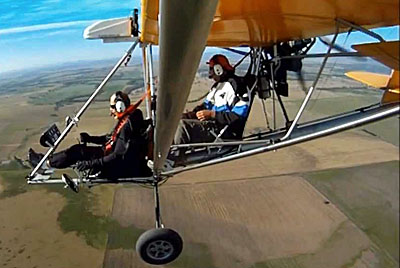
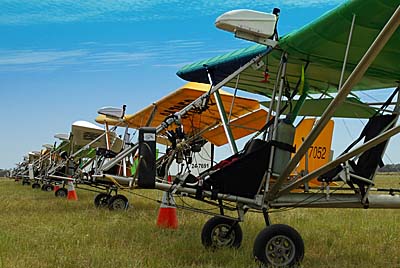

 Thanks to powerful Cubalike airplanes — those vintage yellow taildraggers types with huge engines up front to make them perform more energetically — 2014 saw increased attention to the Savage Cub S. The Czech company offered their 180-horsepower version of the Cubalike phenomenon albeit at a more affordable price. The leading brand of Cub-like airplanes has pushed prices beyond $200,000, which strikes plenty of people as paying a premium, though most agree the design is handsomely achieved. They continue to sell well so vintage style appears to hold appeal.
Meanwhile, Zlin engineers aren't sitting still. This company has quite a flock of intriguing models, including Savage Classic, Savage Cruiser, Savage Cub (marketed as iCub in the U.S.), Savage Cub S, and Bobber. All these are now represented in America by
Thanks to powerful Cubalike airplanes — those vintage yellow taildraggers types with huge engines up front to make them perform more energetically — 2014 saw increased attention to the Savage Cub S. The Czech company offered their 180-horsepower version of the Cubalike phenomenon albeit at a more affordable price. The leading brand of Cub-like airplanes has pushed prices beyond $200,000, which strikes plenty of people as paying a premium, though most agree the design is handsomely achieved. They continue to sell well so vintage style appears to hold appeal.
Meanwhile, Zlin engineers aren't sitting still. This company has quite a flock of intriguing models, including Savage Classic, Savage Cruiser, Savage Cub (marketed as iCub in the U.S.), Savage Cub S, and Bobber. All these are now represented in America by 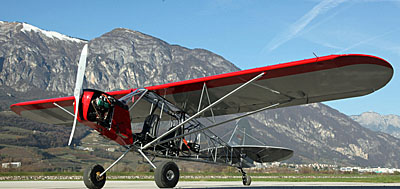 It's so new that we don't know much about Agilis, so let's look at somewhat similar model, Bobber. At Aero Friedrichshafen 2013 we spoke with SportairUSA boss, Bill Canino and produced
It's so new that we don't know much about Agilis, so let's look at somewhat similar model, Bobber. At Aero Friedrichshafen 2013 we spoke with SportairUSA boss, Bill Canino and produced 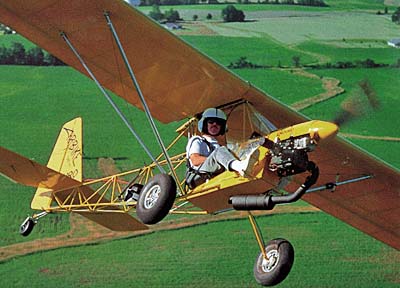 Agilis (which Bill pronounced "Ah-JILL-iss") may look vaguely familiar to you. The nearby photo of a Team Airbike is surely the reason why. Agilis, like Airbike, is an airplane you "ride" more than "enter." The Team example introduced 20 years ago, has a very narrow fuselage on which you literally sit astride. Both your legs remain outside the aircraft. Coming from the often-open-cockpit ultralight industry this didn't seem unusual and having flown it, I can attest that on a warm summer day, Airbike was a superb experience. Check my
Agilis (which Bill pronounced "Ah-JILL-iss") may look vaguely familiar to you. The nearby photo of a Team Airbike is surely the reason why. Agilis, like Airbike, is an airplane you "ride" more than "enter." The Team example introduced 20 years ago, has a very narrow fuselage on which you literally sit astride. Both your legs remain outside the aircraft. Coming from the often-open-cockpit ultralight industry this didn't seem unusual and having flown it, I can attest that on a warm summer day, Airbike was a superb experience. Check my 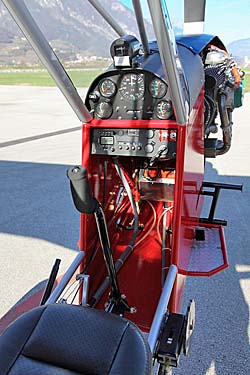 Speaking of outstanding performance ... the attraction of the 180-horsepower Cubalikes has been a compelling reason for many buyers to select one of those potent (if rather costly) models. Zlin joined the ranks with its own 180-horsepower Savage Cub S
Speaking of outstanding performance ... the attraction of the 180-horsepower Cubalikes has been a compelling reason for many buyers to select one of those potent (if rather costly) models. Zlin joined the ranks with its own 180-horsepower Savage Cub S 

